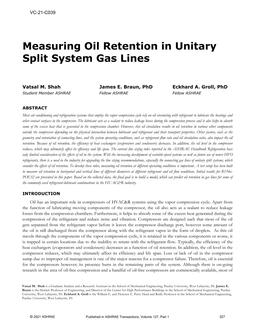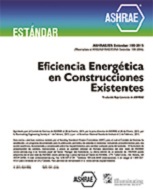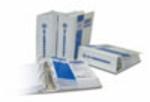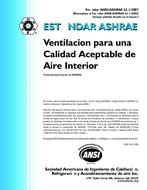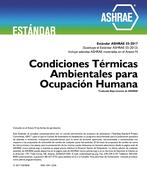Description
Most air conditioning and refrigeration systems that employ the vapor compression cycle rely on oil circulating with refrigerant to lubricate the bearings and other contact surfaces in the compressor. The lubricant acts as a sealant to reduce leakage losses during the compression process and it also helps to absorb some of the excess heat that is generated in the compression chamber. However, this oil circulation results in oil retention in various other components outside the compressor depending on the physical interaction between lubricant and refrigerant and their transport properties. Other factors, such as the geometry and orientation of connecting lines, and the system operating conditions, such as refrigerant flow rate and oil circulation ratio, also impact the oil retention. Because of oil retention, the efficiency of heat exchangers (evaporators and condensers) decreases. In addition, the oil level in the compressor reduces, which may ultimately affect its efficiency and life span. The current line sizing rules reported in the ASHRAE Handbook Refrigeration have only limited consideration of the effects of oil in the system. With the increasing development of variable-speed systems as well as future use of newer HFO refrigerants, there is a need in the industry for upgrading the line sizing recommendations, especially the connecting gas lines of unitary split systems, which consider the effects of oil retention. To develop these rules, measuring oil retention at different operating conditions is important. A test setup has been built to measure oil retention in horizontal and vertical lines of different diameters at different refrigerant and oil flow conditions. Initial results for R134a-POE32 are presented in this paper. Based on the collected data, the final goal is to build a model, which can predict oil retention in gas lines for some of the commonly used refrigerant-lubricant combinations in the HVAC&R industry.
Citation: 2021 Virtual Conference Papers
Product Details
- Published:
- 2021
- Number of Pages:
- 10
- Units of Measure:
- Dual
- File Size:
- 1 file , 3.5 MB
- Product Code(s):
- D-VC-21-C039
